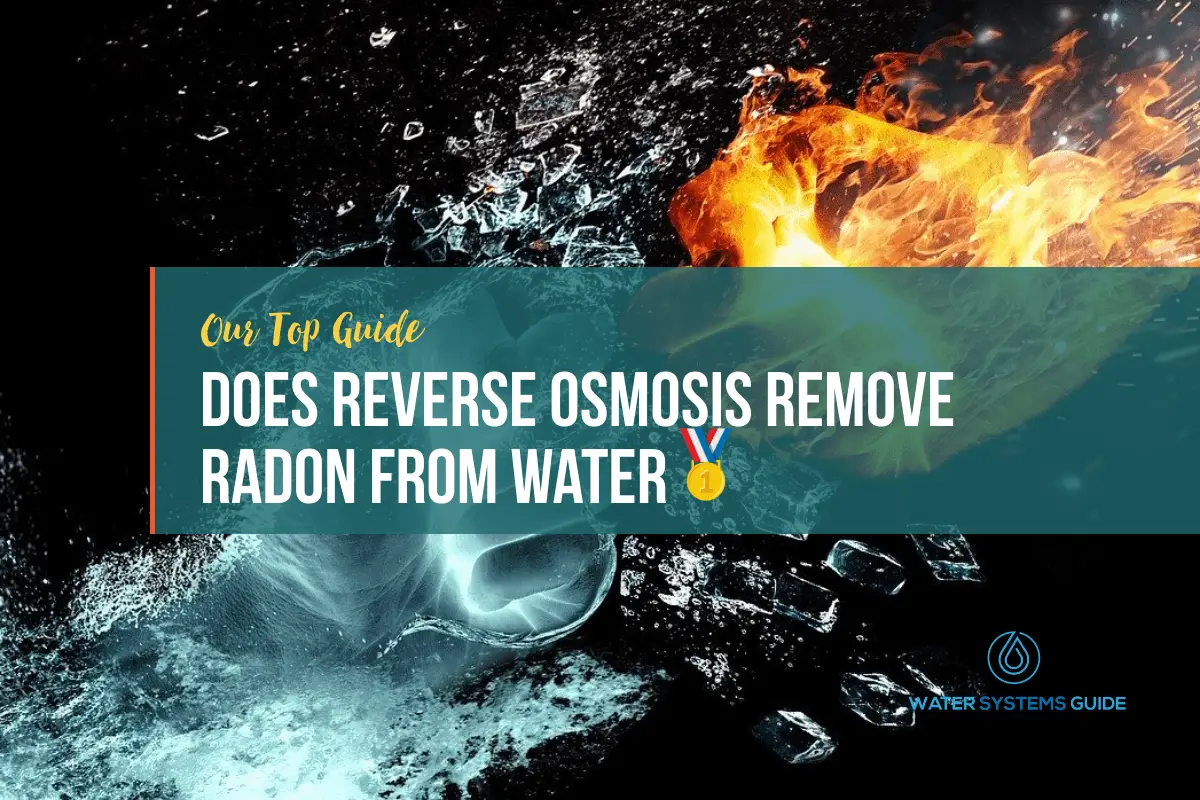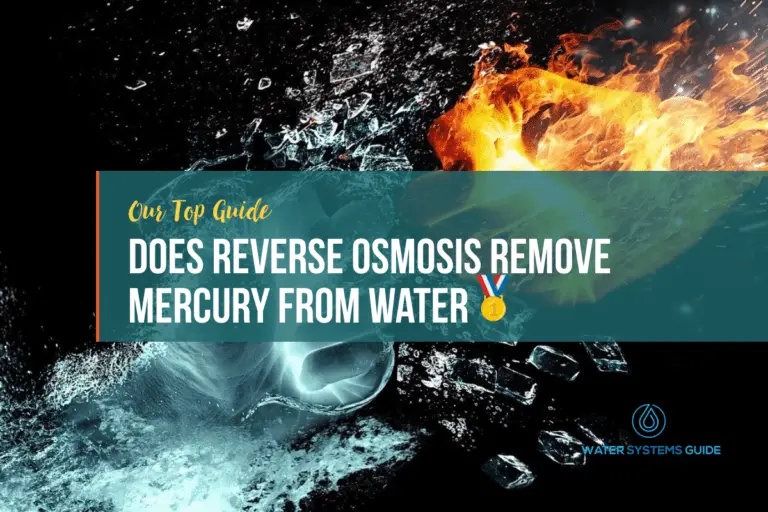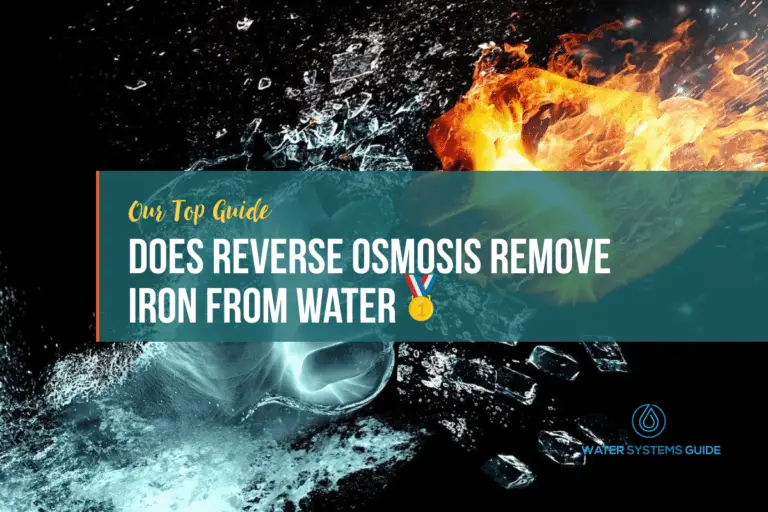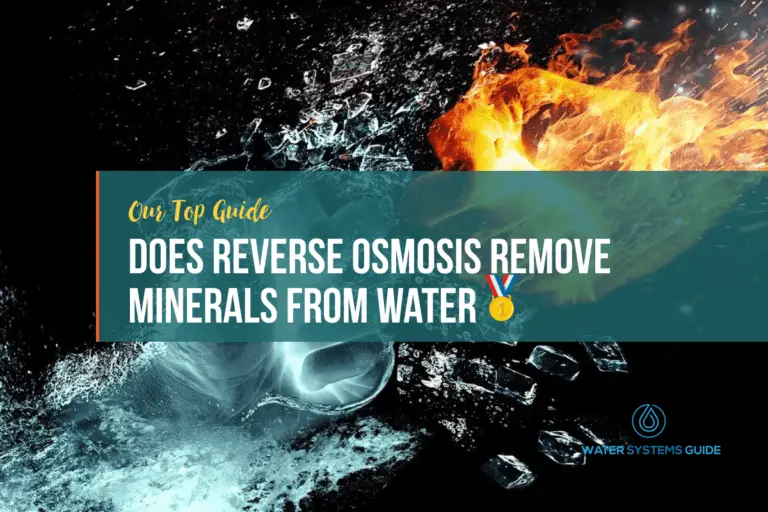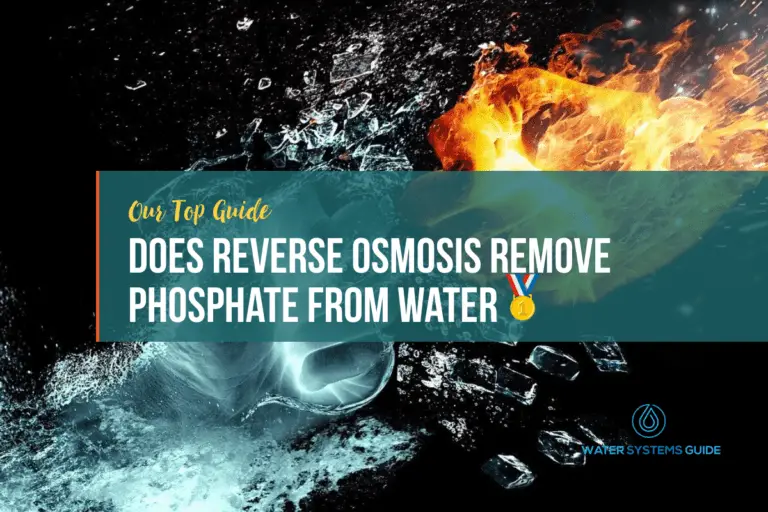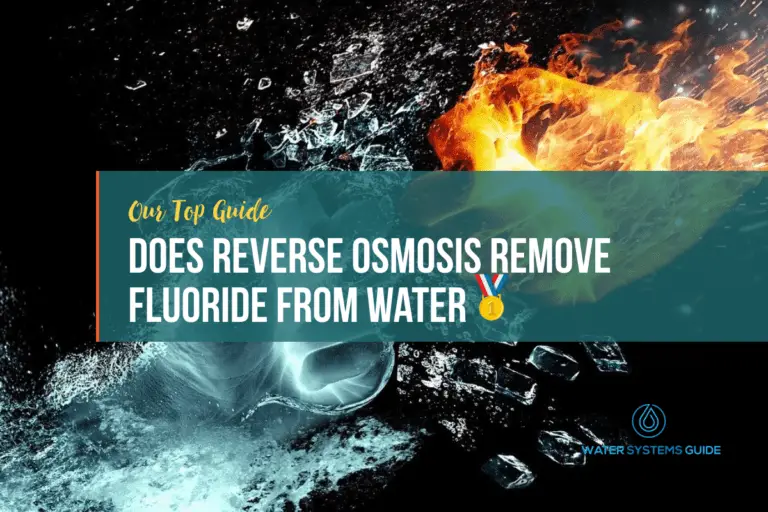Does Reverse Osmosis Remove Radon From Drinking Water
How Does Reverse Osmosis Work?
What is radon and where is it usually found?
Radon is a gas that is found in the environment. It is usually found in rocks and soil, but it can also be found in water and air. Radon can enter homes through cracks in the foundation or through gaps in the home’s construction. Once inside, it can build up to high levels and pose a health risk.
With that being said, how exactly does radon get into the water supply?
How does radon get into a home’s water supply?
Radon can enter a home’s water supply through cracks in the foundation, or through gaps in pipes and other openings. Once in the water, radon can be released into the air when the water is used for cooking or showering.
The Impact Of Radon Exposure on Human Health
Radon exposure has been linked to a number of health issues, the main one being that it’s known to cause lung cancer. Inhaling radon gas can damage the cells in your lungs, which over time can lead to lung cancer. Radon is the second leading cause of lung cancer after smoking, and people who are exposed to both radon and tobacco smoke are at an even greater risk for developing the disease.
There is no safe level of radon exposure, so it is important to take steps to reduce your exposure if you live in an area with high levels of radon.
Therefore, it’s crucial to ensure that if your water is contaminated, you have a water filtration system in place to remove such a harmful substance.
Does Reverse Osmosis Remove Radon From Water?
Reverse osmosis is not an effective method for removing radon from water. Radon is a gas that is present in water, and it cannot be removed by reverse osmosis. Reverse osmosis is a process that is used to remove impurities from water by forcing it through a semipermeable membrane. The impurities are left behind on the other side of the membrane, while the clean water passes through.
However, radon is a gas, and it can pass through the semipermeable membrane along with the water. Therefore, reverse osmosis will not remove radon from water.
Therefore, how can you remove radon from your water supply? We’re going to
What Exactly Does Reverse Osmosis Remove?
How Can You Remove Radon From Your Home’s Water Supply?
The most common way to remove radon from your home’s water supply is to install a water treatment system that uses granular activated carbon (GAC) filters. These filters work by adsorbing radon molecules from the water as it passes through the filter. There are many different types and brands of water treatment systems that use activated carbon filters, so it is important to do some research to find the one that is right for your home and your budget.
If you are concerned about radon in your home, talk to your doctor or a certified professional about the best way to remove it from your water supply.
How Do I Know If My Water Is Contaminated With Radon?
If you are concerned about radon in your water, there are a few things you can do to test for it. You can purchase a do-it-yourself kit from a hardware store or contact a professional who specializes in testing for radon.
When testing for radon, it is important to test all the sources of water in your home, including well water, surface water, and municipal water. Radon can enter your home through any of these sources.
If you find that your water is contaminated with radon, there are a few things you can do to reduce your exposure. You can install a point-of-use treatment system, which will remove radon from your water before it enters your home. You can also have your well water tested regularly and ventilate your home to reduce the amount of radon that is present.
If you suspect that your water may be contaminated with radon, contact your local water utility or health department for more information.
Conclusion
In conclusion, does reverse osmosis remove radon from water? No, it doesn’t. The most common way to remove radon from your home’s water supply is to install a water treatment system that uses granular activated carbon (GAC) filters. These filters work by adsorbing radon molecules from the water as it passes through the filter. There are many different types and brands of water treatment systems that use activated carbon filters, so it is important to do some research to find the one that is right for your home and your budget.

